Title: From Raisins to Grapes: The Business Potential Unveiled Introduction: Raisins are a popular dried fruit, loved for their sweet taste and versatility in various culinary applications. However, it may come as a surprise that the journey of raisins doesn’t end with their dried form. With the help of innovative techniques and growing consumer demand for fresh produce, transforming raisins back into grapes has become a fascinating business prospect. In this article, we will explore the potential behind turning raisins into grapes and delve into the implications for the agriculture and food industry. 1. Taking Advantage of Technological Advances: Advancements in agricultural technology have paved the way for raisins to be revitalized back into grapes.
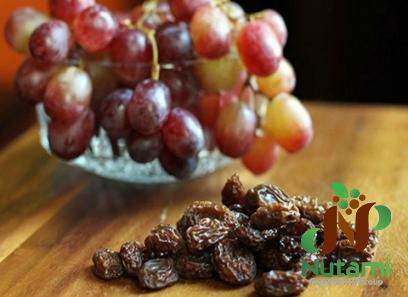
.
 Techniques such as rehydrating and grafting have proven highly effective in reversing the drying process, allowing raisins to regain their original grape texture, color, and freshness. These techniques not only provide an opportunity to revive the raisin market but also challenge the notion of fruit being restricted to a certain state. 2. Meeting the Demand for Freshness: While raisins have their unique appeal, there is a growing consumer preference for fresh fruits and natural produce. By transforming raisins into plump, juicy grapes, businesses can cater to this demand, offering consumers a unique and revitalizing alternative to conventional grapes. This development presents an opportunity to bridge the gap between the dried fruit and fresh fruit markets, appealing to those looking for a balance between health-conscious choices and indulgence.
Techniques such as rehydrating and grafting have proven highly effective in reversing the drying process, allowing raisins to regain their original grape texture, color, and freshness. These techniques not only provide an opportunity to revive the raisin market but also challenge the notion of fruit being restricted to a certain state. 2. Meeting the Demand for Freshness: While raisins have their unique appeal, there is a growing consumer preference for fresh fruits and natural produce. By transforming raisins into plump, juicy grapes, businesses can cater to this demand, offering consumers a unique and revitalizing alternative to conventional grapes. This development presents an opportunity to bridge the gap between the dried fruit and fresh fruit markets, appealing to those looking for a balance between health-conscious choices and indulgence.
..
 3. Adding Value to Existing Supply Chains: The process of converting raisins into grapes unlocks a potential source of value addition in the supply chain. By revitalizing raisins, growers and processors can expand their product offerings, target new markets, and increase their revenue streams. Additionally, this innovation allows producers to extend the shelf life of their raisins, reducing waste and increasing profitability. 4. Exploring New Culinary Possibilities: The transformation of raisins into grapes not only broadens the scope of produce available but also creates new culinary opportunities. The reintroduction of fresh grapes opens doors for chefs, bakers, and food manufacturers to develop unique recipes, incorporating the rehydrated grapes into salads, desserts, juices, and even wines. The versatility of grapes offers endless possibilities in enhancing the taste, texture, and aesthetics of various dishes.
3. Adding Value to Existing Supply Chains: The process of converting raisins into grapes unlocks a potential source of value addition in the supply chain. By revitalizing raisins, growers and processors can expand their product offerings, target new markets, and increase their revenue streams. Additionally, this innovation allows producers to extend the shelf life of their raisins, reducing waste and increasing profitability. 4. Exploring New Culinary Possibilities: The transformation of raisins into grapes not only broadens the scope of produce available but also creates new culinary opportunities. The reintroduction of fresh grapes opens doors for chefs, bakers, and food manufacturers to develop unique recipes, incorporating the rehydrated grapes into salads, desserts, juices, and even wines. The versatility of grapes offers endless possibilities in enhancing the taste, texture, and aesthetics of various dishes.
…
 5. Overcoming Challenges and Consumer Perception: While the idea of turning raisins into grapes may seem unconventional, addressing consumer perceptions and marketing strategies can help overcome initial resistance. Educating consumers about the process involved, emphasizing the nutritional benefits, and showcasing the unique flavor profiles and applications of revitalized grapes can help build consumer acceptance. Offering samples and engaging in market research can validate the market demand and assist in refining the product to suit consumers’ preferences. Conclusion: The transformation of raisins into grapes presents a promising business opportunity for agricultural producers, processors, and innovators. By revitalizing raisins, businesses can tap into the demand for fresh produce, expand product lines, and cater to the evolving consumer preferences. It is an exciting time for the agriculture and food industry, where the potential of raisins being reverse-engineered into grapes holds great promise for growth, profitability, and culinary innovation.
5. Overcoming Challenges and Consumer Perception: While the idea of turning raisins into grapes may seem unconventional, addressing consumer perceptions and marketing strategies can help overcome initial resistance. Educating consumers about the process involved, emphasizing the nutritional benefits, and showcasing the unique flavor profiles and applications of revitalized grapes can help build consumer acceptance. Offering samples and engaging in market research can validate the market demand and assist in refining the product to suit consumers’ preferences. Conclusion: The transformation of raisins into grapes presents a promising business opportunity for agricultural producers, processors, and innovators. By revitalizing raisins, businesses can tap into the demand for fresh produce, expand product lines, and cater to the evolving consumer preferences. It is an exciting time for the agriculture and food industry, where the potential of raisins being reverse-engineered into grapes holds great promise for growth, profitability, and culinary innovation.

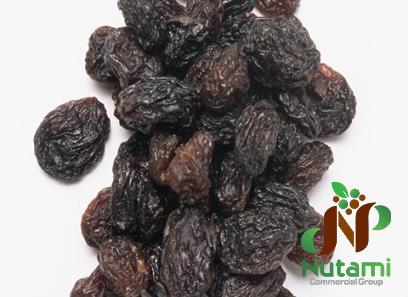
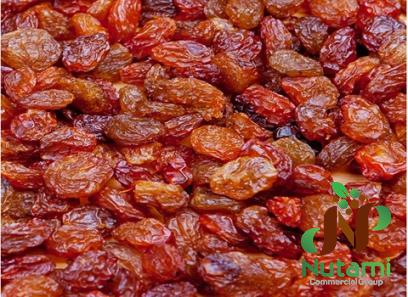
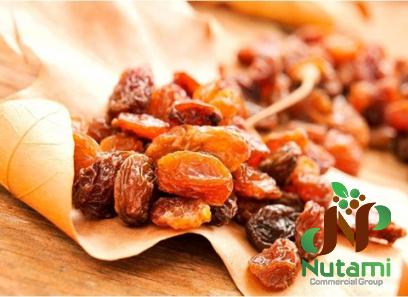

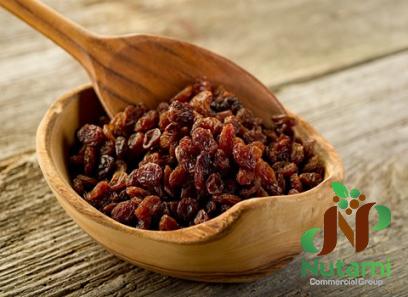
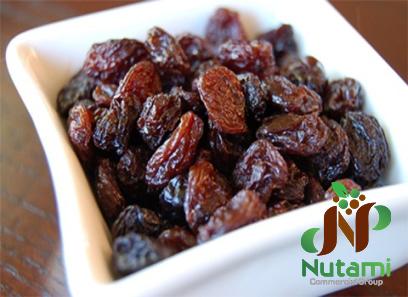
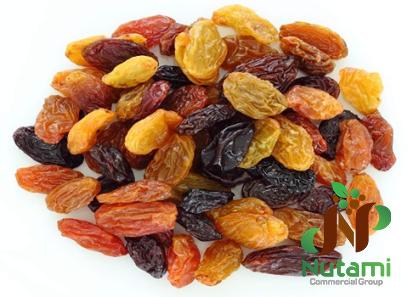
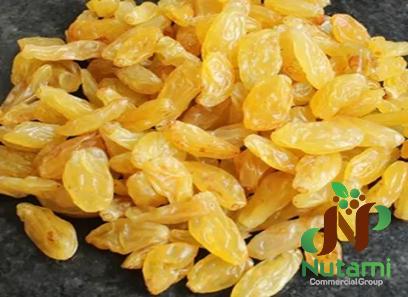
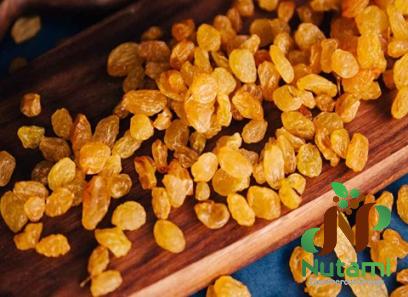
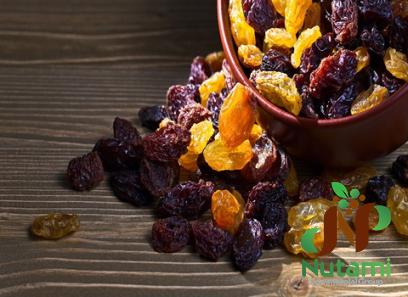
Your comment submitted.